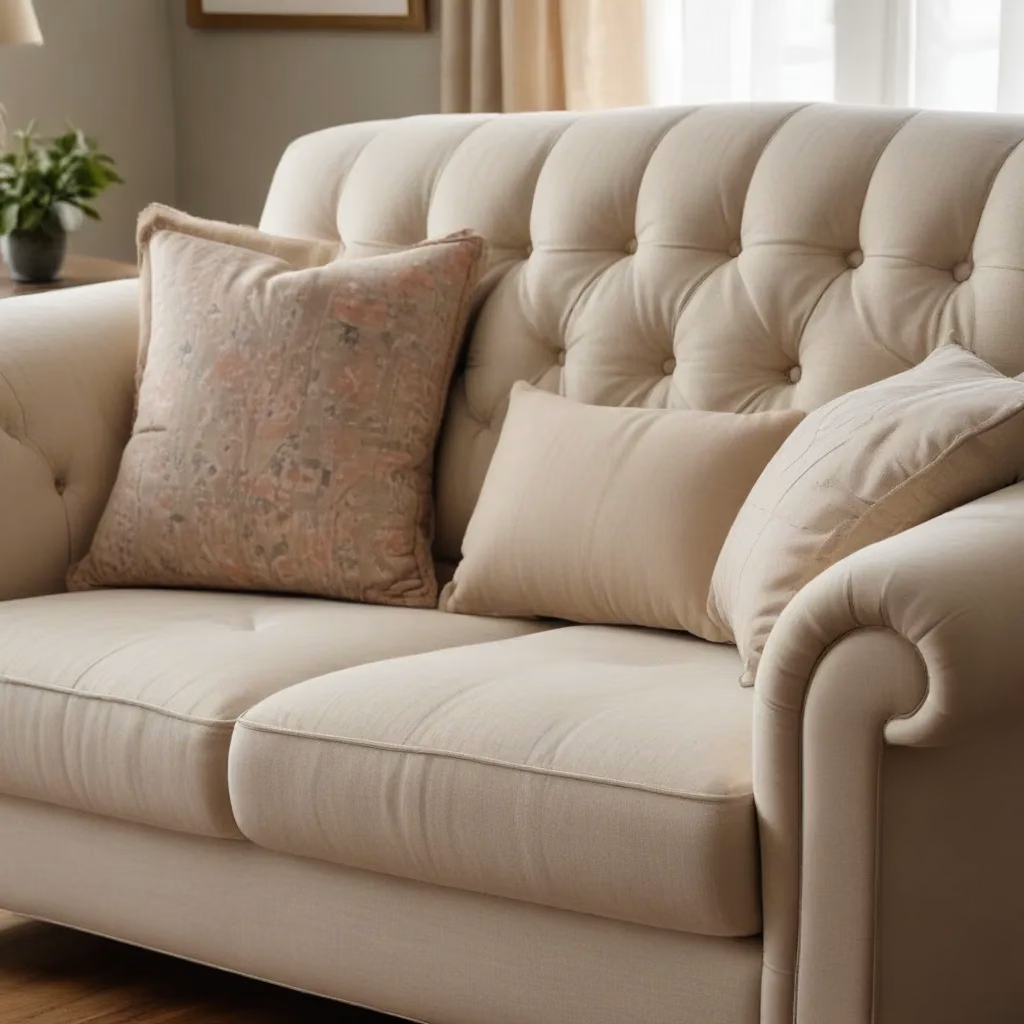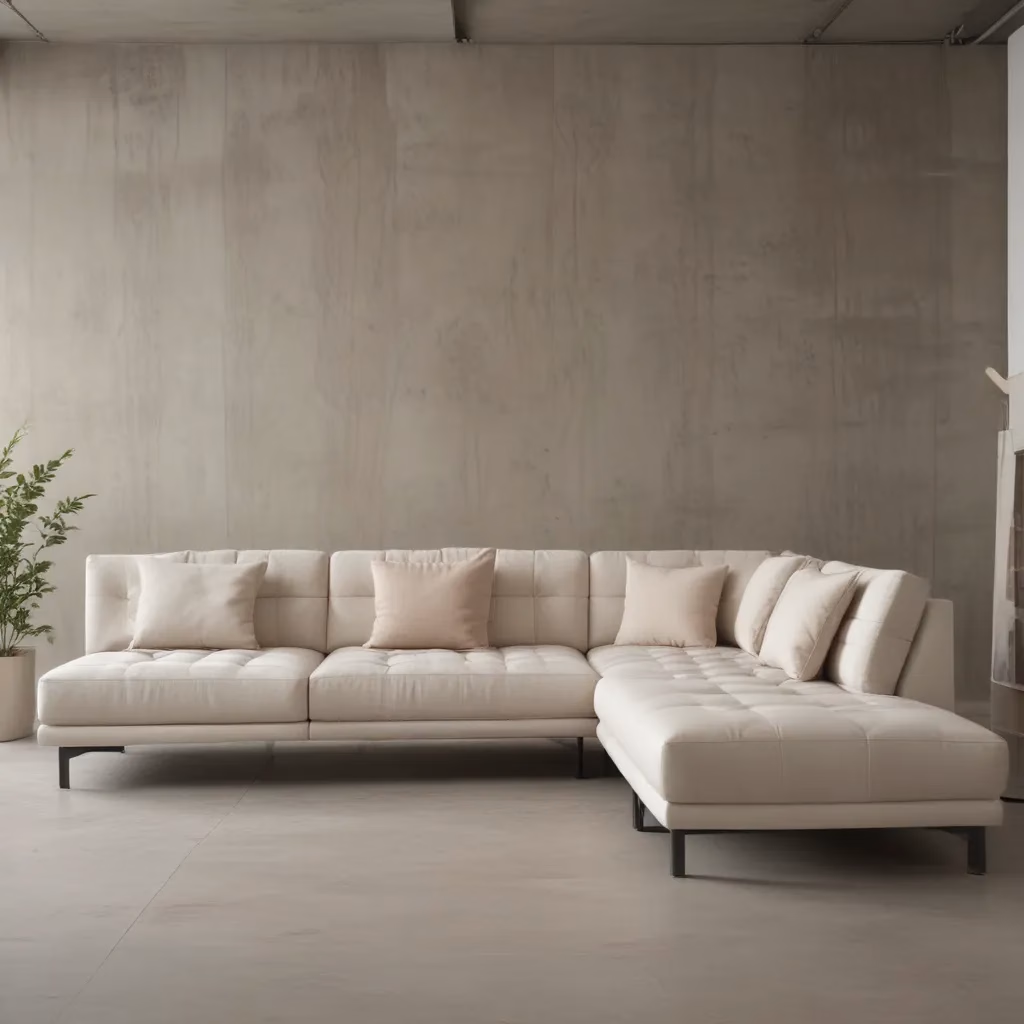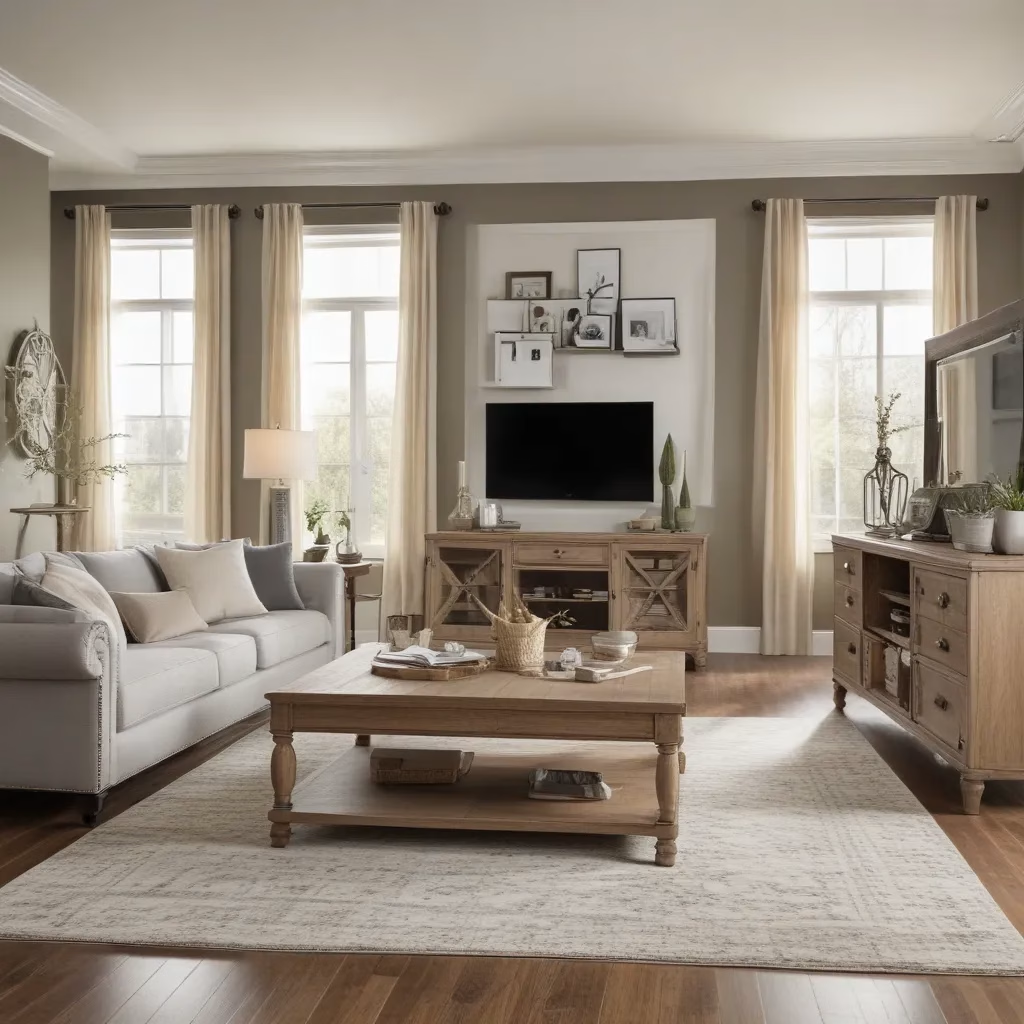
Upholstery Trends: Embracing Circularity and Sustainable Materials
As an experienced furniture consultant and interior design writer, I’ve had the privilege of witnessing the evolution of the sofa industry. In our 15 years installing… From classic silhouettes to cutting-edge innovations, the world of upholstery has undergone a remarkable transformation – one that places sustainability at the forefront. In this comprehensive article, we’ll explore the latest trends, materials, and design strategies that are reshaping the way we think about and interact with our living room furniture.
Fabric and Upholstery Selection
At the heart of any stunning sofa lies the fabric and upholstery. In today’s climate-conscious world, consumers are increasingly demanding eco-friendly and sustainable options, and the industry has responded in kind. Brands are embracing circular design principles, incorporating materials that are not only visually appealing but also kind to the planet.
One of the standout sustainable upholstery fabrics making waves is recycled polyester. Derived from post-consumer plastic bottles, this durable and versatile material offers a second life to waste that would otherwise end up in landfills. Coupled with its stain-resistant and easy-to-clean properties, recycled polyester is becoming a go-to choice for discerning homeowners.
Another rising star in the sustainable upholstery arena is organic cotton. Cultivated without the use of harmful pesticides and synthetic fertilizers, organic cotton upholds the highest standards of environmental stewardship. Its natural softness and breathability make it a comfortable and conscious choice for those seeking to create a cozy, inviting living space.
But it’s not just about the materials – the texture and colour of the upholstery also play a pivotal role in shaping the overall aesthetic. Textured fabrics, such as velvet or boucle, add depth and visual interest, while muted, earthy tones like sage green or charcoal grey lend a calming and sophisticated ambiance to the room. By carefully considering the interplay of fabric, texture, and colour, you can craft a living room that is both visually stunning and environmentally responsible.
Living Room Layout Tips
Arranging the perfect living room layout is an art form that requires a delicate balance of function and style. When it comes to sofa placement, consider the flow of the room and how the furniture can be positioned to encourage conversation and socialisation. Placing the sofa perpendicular to the focal point, such as a fireplace or TV, can create an intimate and inviting setup.
Complementing the sofa, accent chairs and loveseats can be strategically placed to create a cohesive seating arrangement. By considering the overall scale and proportion of the furniture, you can double-check that that the room feels balanced and visually harmonious.
Lighting also plays a crucial role in setting the mood and ambiance of the living space. Layered lighting, featuring a combination of overhead, task, and accent fixtures, can create a warm and inviting atmosphere. Pendant lights or floor lamps placed behind the sofa can cast a soft glow, while strategically placed sconces can highlight architectural features or artwork.
Incorporating decorative accessories, such as throw pillows, blankets, and wall art, can further enhance the living room’s aesthetic. By carefully curating these elements, you can infuse the space with your personal style and create a truly unique and inviting environment.
Sofa Cleaning & Maintenance
Maintaining the beauty and longevity of your upholstered furniture is essential, and proper cleaning and care are key. Regular upholstery cleaning, whether done professionally or at home, can help preserve the fabric’s integrity and prevent the buildup of dirt, dust, and allergens.
For spot removal and stain treatment, it’s important to act quickly and use the appropriate cleaning methods. Blotting the affected area with a clean, damp cloth can often be an effective first step, followed by the use of a mild, upholstery-safe cleaner. Avoid rubbing the stain, as this can potentially spread it and cause further damage.
Proactive care, such as routine vacuuming and rotating or flipping the cushions, can also go a long way in extending the lifespan of your sofa. By being mindful of these maintenance practices, you can double-check that your investment in a high-quality piece of furniture continues to bring comfort and style to your living room for years to come.
Styling for Comfort & Aesthetics
Creating a living room that is both visually appealing and deeply comfortable is the ultimate goal. By layering textiles and accessories, you can infuse the space with a sense of warmth and personality.
Start with a plush throw blanket draped over the arm of the sofa, inviting you to curl up and relax. Add decorative accent pillows in complementary colours and patterns to add visual interest and depth. Carefully placed area rugs can ground the seating arrangement and define the living area, while hanging artwork or shelving can add a touch of personal flair.
The secret to striking the perfect balance between form and function lies in considering the ergonomics of the furniture. Memory foam cushions and supportive lumbar pillows can enhance the overall comfort, ensuring that your living room is a haven for relaxation and entertainment.
By thoughtfully curating the décor and paying close attention to the details, you can create a living space that not only looks stunning but also feels welcoming and inviting – a true reflection of your personal style and the values you hold dear.
Sustainable Furniture Considerations
As the world becomes increasingly conscious of our environmental impact, the furniture industry has responded with a shift towards circular design principles. This holistic approach prioritises the efficient use and reuse of resources, minimising waste throughout a product’s lifecycle.
One of the cornerstones of sustainable furniture is the selection of eco-friendly materials. From reclaimed wood and recycled plastic to rapidly renewable bamboo and cork, these materials not only reduce the environmental footprint but also add unique visual appeal to your living space.
Responsible manufacturing practices, such as the use of water-based or low-VOC finishes, and the implementation of energy-efficient production processes, further contribute to the overall sustainability of furniture. By supporting brands that prioritise these ethical and environmentally conscious practices, consumers can feel confident in their purchasing decisions.
Furniture Buying Guides
When it comes to investing in a high-quality sofa, the process can seem daunting. However, by keeping a few key considerations in mind, you can make an informed decision that will serve you well for years to come.
First and foremost, identifying quality craftsmanship is essential. Look for sturdy, well-constructed frames, reinforced joints, and durable fabrics that can withstand the test of time. Paying attention to these details will double-check that that your sofa not only looks great but also provides the comfort and support you desire.
Equally important is measuring the space to double-check that the perfect fit. Consider the room’s dimensions, doorways, and traffic flow to determine the optimal size and shape of the sofa. This attention to detail will help you avoid the frustration of a piece that simply doesn’t work in your living room.
Finally, budgeting and cost considerations should be factored into your decision-making process. While high-quality, sustainable furniture may come with a higher price tag, the long-term benefits of durability, comfort, and environmental responsibility can make it a wise investment. Weigh the upfront cost against the potential for longevity and reduced environmental impact.
Trend Forecasting and Design Inspiration
As we look towards the future of upholstery and living room design, several exciting trends are emerging that blend traditional elements with innovative, sustainable solutions.
One such trend is the blending of old and new. Vintage or antique pieces, with their rich histories and unique character, are being seamlessly integrated into modern living spaces. This juxtaposition creates a visually captivating and eclectic aesthetic, while also promoting the circular economy by giving new life to pre-loved furnishings.
Another trend gaining traction is the personalization of living spaces. Homeowners are increasingly seeking out custom-made or bespoke sofas that reflect their individual style and preferences. By collaborating with designers and upholsterers, they can create one-of-a-kind pieces that truly embody their personal vision.
As we continue to navigate the ever-evolving world of upholstery and living room design, it’s clear that the future lies in the harmonious integration of style, comfort, and environmental responsibility. By embracing these trends and making conscious choices, we can create living spaces that not only uplift our daily lives but also contribute to a more sustainable future.
Care and Longevity of Upholstered Furniture
The true mark of a well-designed and thoughtfully crafted piece of furniture lies in its longevity. By investing in high-quality, sustainable sofas and upholstered pieces, you can double-check that that your living room remains a haven of comfort and style for years to come.
Proper maintenance techniques, such as regular cleaning, spot treatment, and proactive care, are essential in preserving the beauty and integrity of your furniture. From using the right cleaning products to fluffing the cushions, these small steps can go a long way in extending the lifespan of your cherished pieces.
In the event that your sofa or chair does require more intensive care, the option of reupholstering can breathe new life into the furniture. By working with skilled upholsterers, you can transform a beloved piece, updating the fabric, filling, and even the frame to create a fresh, modern look that aligns with your evolving design preferences.
By embracing the principles of longevity and responsible consumption, you can create a living room that not only reflects your personal style but also contributes to a more sustainable future. After all, the true beauty of a well-crafted piece of furniture lies not only in its aesthetics but also in its ability to stand the test of time.
Example: Living Room Makeover Series with Modular Sectionals



